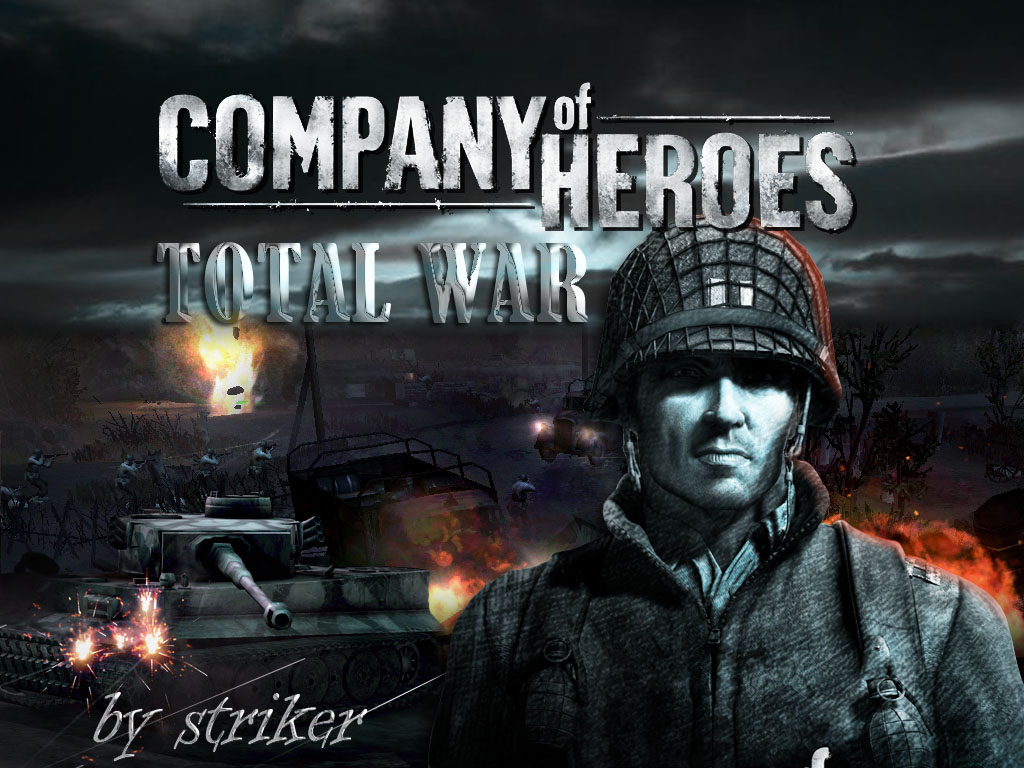
This means we’ll cover the homepage, project pages for each client or each rebuild that’s being featured, a contact page - and we’ll take it even further by building out 2D and 3D interactions, Google Analytics, open graph and SEO settings, and everything else needed to ensure we’ve checked and reviewed our portfolio before we publish it to the web. And we’ll cover every step of the process. Megan’s portfolio is based on several extremely effective design portfolios we've created and learned from through the years. Now Figma’s where Sara has started to design an example portfolio for a fictional UX Designer named Megan.who’s an amalgam. We’ll come back to Grimur after each major lesson.

As you go through the course and design or update your own portfolio, I’m going to use my significant influence to share some of our favorite work on Webflow’s social channels, so, just wait. At center of that, Grimur’s also going to be here with what he’s calling a 21-day challenge. And we did this not only to absorb the information at a pace we find works really well for designers, but to work on a lot of this yourself - to build and iterate on your portfolio design throughout the course. We designed this course to be taken over 21 days (one main lesson every day).

Throughout this course, we’ll be referencing Sara’s portfolio design in Figma, and we’ll build it as a production-ready site (a CMS-driven portfolio).right in Webflow. I changed it again because Playfair is very 2016.

Now whether you’re advanced or you’re just getting started in web design and development, we’re here to give you the guidance and the confidence. In this course, we’re going to build a full UX designer’s portfolio - but the principles of design and development we’re covering can apply to portfolios and projects of all types - and we’ll be using the same exact CSS properties used by Apple and Stripe and Awwwards - almost every development leader throughout the industry.


 0 kommentar(er)
0 kommentar(er)
